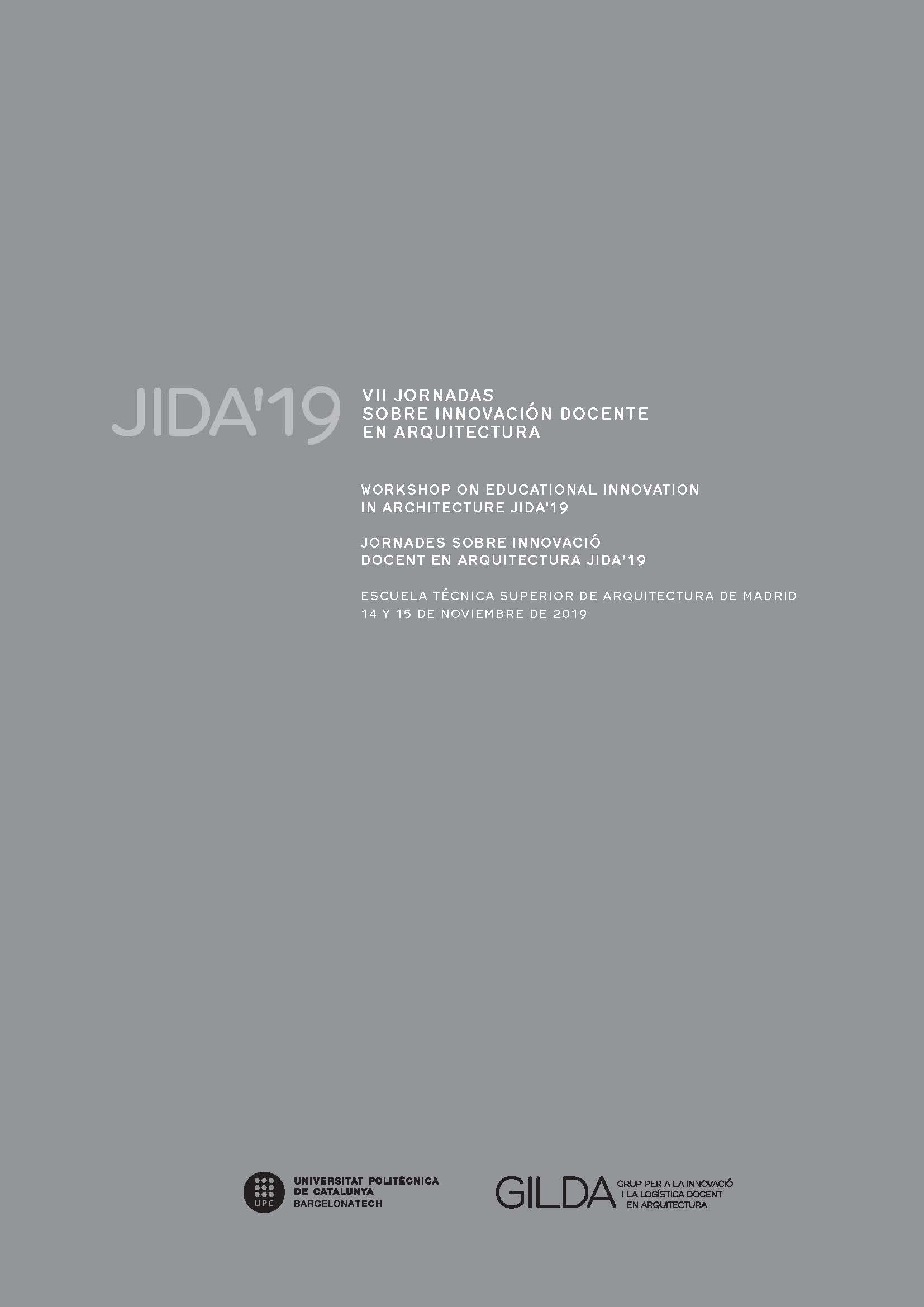Learning to design: between 1/2000 and 1/20
DOI:
https://doi.org/10.5821/jida.2019.8293Abstract
The aim of this article is to present the methodology and results of a teaching experience shared by the IAT/TU Graz and the ETSAB/UPC from mid-January to the end of June 2019. According to this experimental methodology, students had to to develop their architectural proposal by working at all different scales simultaneously: from the 1/2000 scale, which allows dealing with the relationship of the project with the place, to the 1/20 scale, optimal for defining the technological systems (construction, structure, energy, etc.) of the proposal. The design process was hence not understood as a sequence of independent disciplines (urban planning, spatial design, construction, structures, etc.) but as an indivisible whole. Through this holistic approach, students tried to tap the often underused potential laying in the interdependency of place and technology as a design generator for their projects.
References
ANASAGASTÃ, T. (1923). Enseñanza de la Arquitectura. Editorial: Instituto Juan de Herrera. ETSA Madrid.
DEPLAZES, A., LINARES DE LA TORRE, O. y SALMERÓN ESPINOSA, M. (2017). “Learning by building. Dos experiencias didácticas de la Cátedra Deplazes ETH-Z†en JIDA´17 V Jornadas sobre innovación en arquitectura. Sevilla.
RIEWE, R., RADULESCU, S. y STOCKER, A. (2018). Learning from Berlin. Die Großstruktur als urbaner Generator. Graz: Verlag der Technischen Universität Graz.



















